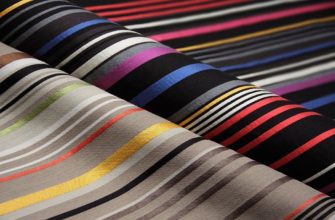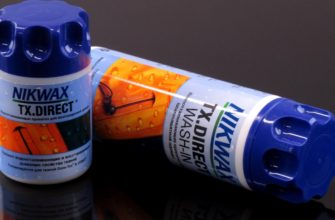It is no secret that people always prefer natural materials. You always want your body not to rot in synthetics, but to breathe fully and not feel discomfort.
What is natural fabric: basic properties
Every person wears clothes every day, sleeps on bed linen, sits on upholstered furniture, etc. It is extremely important that all these products are comfortable and do not cause harm to the body. It is natural fabrics that can provide this due to their qualities. Properties of natural fabrics:
- the ability to warm the body in cold weather, and to let air through to it in warm weather (synthetics, on the other hand, are not able to warm, but when air needs to be let through, they make the body steam);
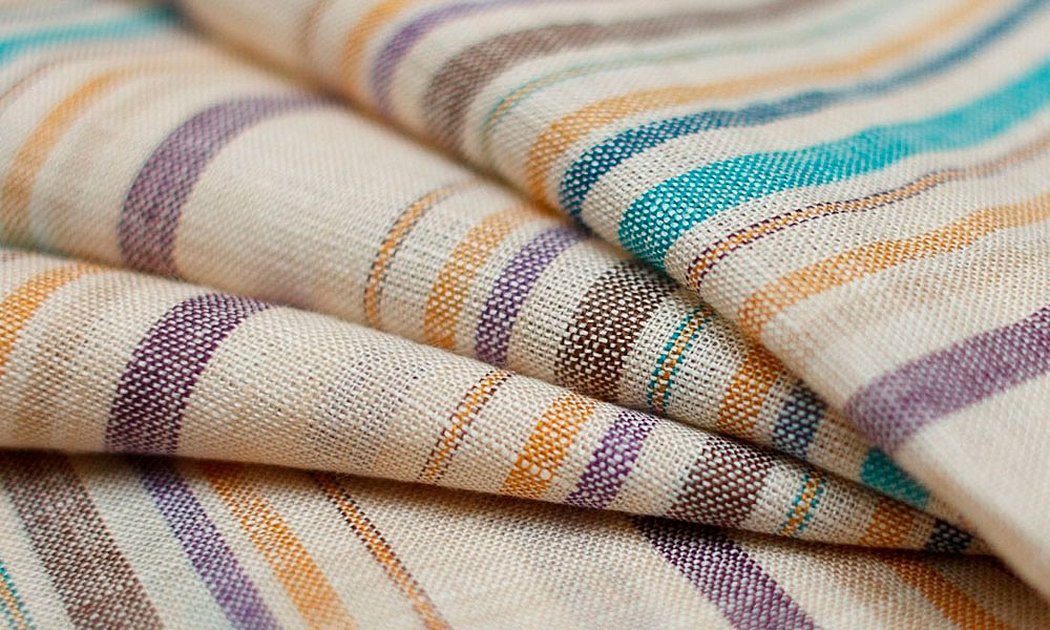
- the fabric is made from natural materials that grow in nature, making it as environmentally friendly as possible;
- natural fabric is completely free of chemical compounds, therefore it does not cause allergies and does not irritate the skin;
- wide range of applications: bed linen, adult and children's clothing, furniture upholstery, home textiles, etc.
This is not a complete list of positive characteristics.

Natural fabrics have not only positive properties:
- any natural thing wrinkles extremely easily;
- after washing there is a high probability of shrinkage due to artificial additives;
- Bright fabrics can quickly lose color, so it is better to choose muted shades.
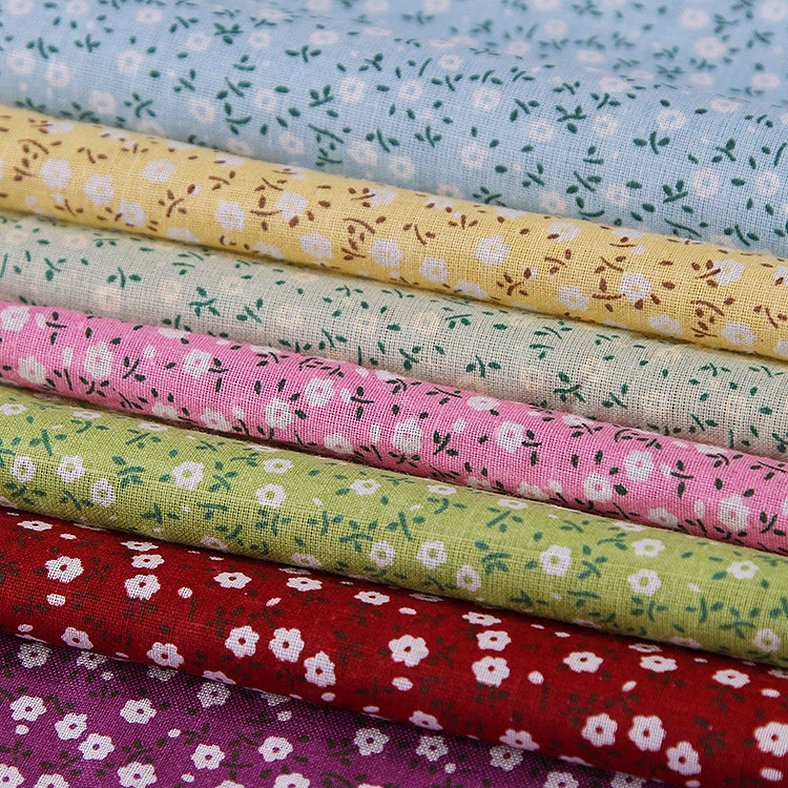
However, the positive properties of natural materials fully explain why it is worth looking in their direction. Natural fabrics can have three types of fibers: plant, mineral and animal origin.
Tissues of plant origin
Fabrics of plant origin are in great demand due to their low cost, excellent properties and maximum environmental friendliness. The most popular representatives are fabrics made of cotton, linen, and silk.

Cotton fabrics
Cotton has come into the world not so long ago - its origin is around the 19th century. It is used to make such materials as chintz, calico, cambric, satin, etc. Usually, when buying, consumers look for the addition of cotton in the composition, because this immediately means that the fabric will be of good quality and pleasant to the body.
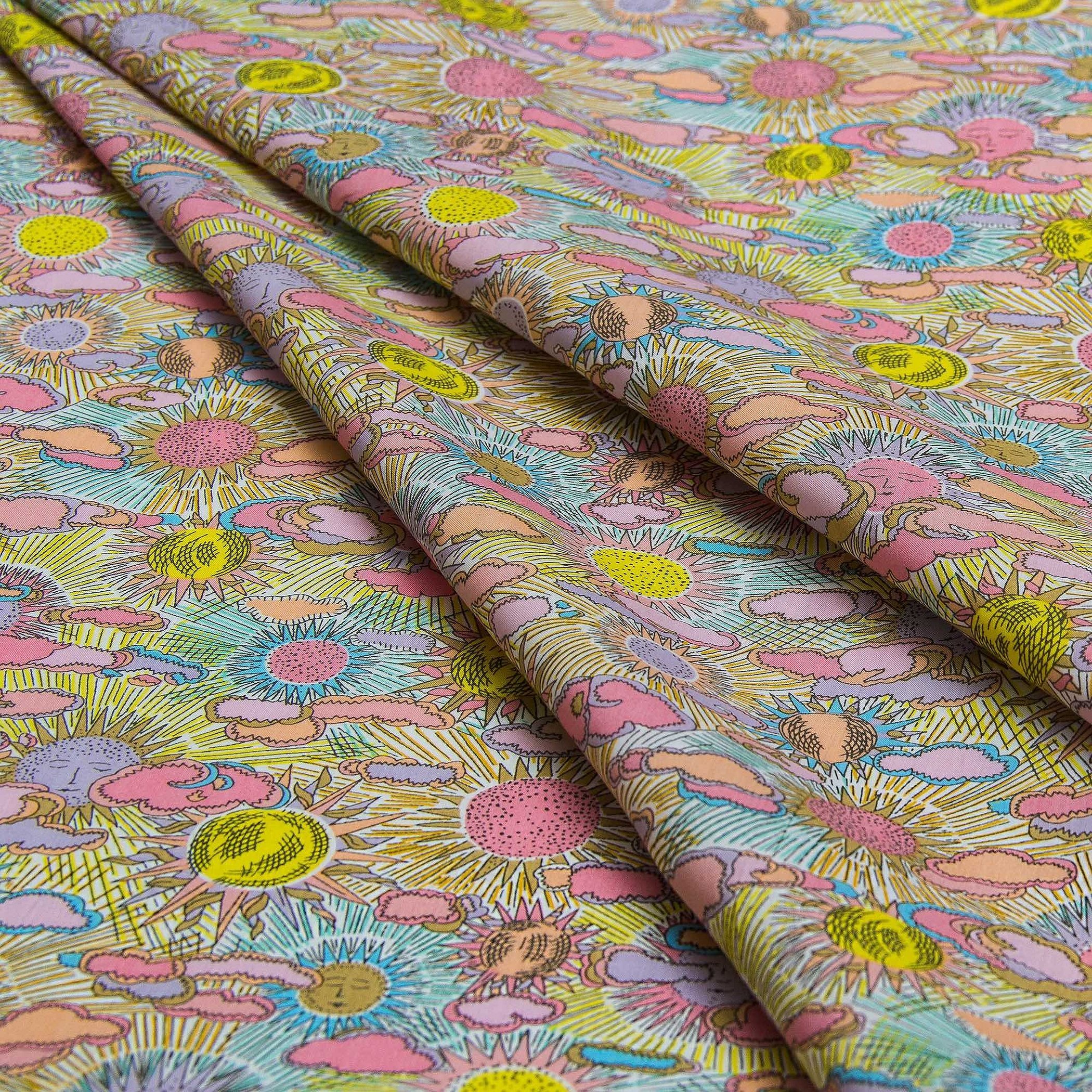
Cotton itself is produced in many countries, some of the most popular are Central Asia, India, Egypt, the USA and China. Fabric production is quite simple:
- Cotton picking and cleaning.
- After the first stage, the cotton is opened and left to “bloom”.
- The process of loosening takes place in special machines, where it is also completely cleaned.
- The fibers are twisted and pressed.
- The fiber is spun and then treated with solutions based on resins, fats and starch.
- The fibers are bleached and spun into fabric.
Please note! The quality of the resulting material depends on the length of the fresh fibers. The longer they are, the denser and better the fabric will be. When processing cotton, seeds and cake remain. The former are replanted, and the latter is fed to livestock.
Linen fabrics
Linen fabric - this name came from the most ancient fabrics, the first samples were found from around the 5th century BC. The production of linen fabric is not at all complicated, but it is a very labor-intensive natural production and takes place in several stages:
- Direct collection of flax by combines, then obtaining straw from it.
- The resulting straw is spread over the fields for several weeks to soak in dew.
- Next, the raw material undergoes primary processing: it is dried, crushed and ruffled.
- Production of yarn by carding and forming twisted mixed thread.
- Fabric is produced on a loom.
- The resulting material is bleached and dyed.
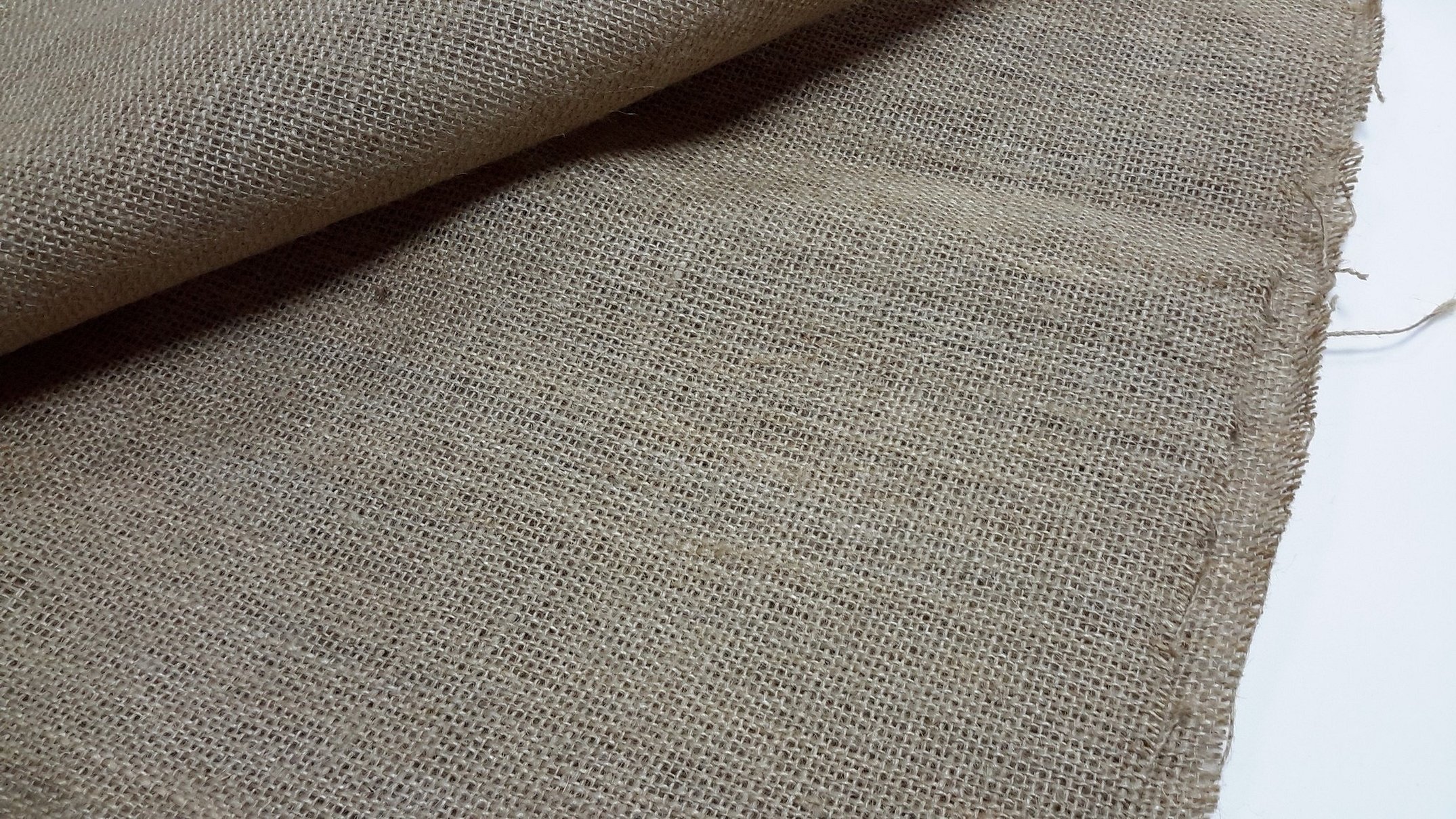
Combed flax produces a thinner fabric, but at the same time, it has excellent characteristics. Almost everything is made from it - light clothing, bedding, towels. Flax waste is used as fuel, i.e. the production is completely waste-free.
Linen fabric is very wear-resistant, breathable and does not electrify. The downside of linen fabrics is that they deteriorate and wrinkle incredibly strongly, but many believe that this wrinkle should not be ironed, it emphasizes this material and the high cost - linen products are an order of magnitude more expensive than other plant products.
Silk fabrics
Silk is an ancient material that is valued all over the world for its fineness, elegance and interesting properties. The largest silk producer is China (it owns about 70% of the market), followed by India, Uzbekistan, Thailand, Brazil, which have the highest class. Today, silk is highly valued due to its structure and some interesting features:
- to obtain 500 grams of silk, approximately 3 thousand silkworms are required, a skein of the same weight is made in about a day, and a blanket requires about 13 thousand kons;
- silk, despite its thinness, is extremely resistant to tearing;
- The thread is so thin that if you take apart 10 cocoons, you will get a length of more than 5 kilometers.
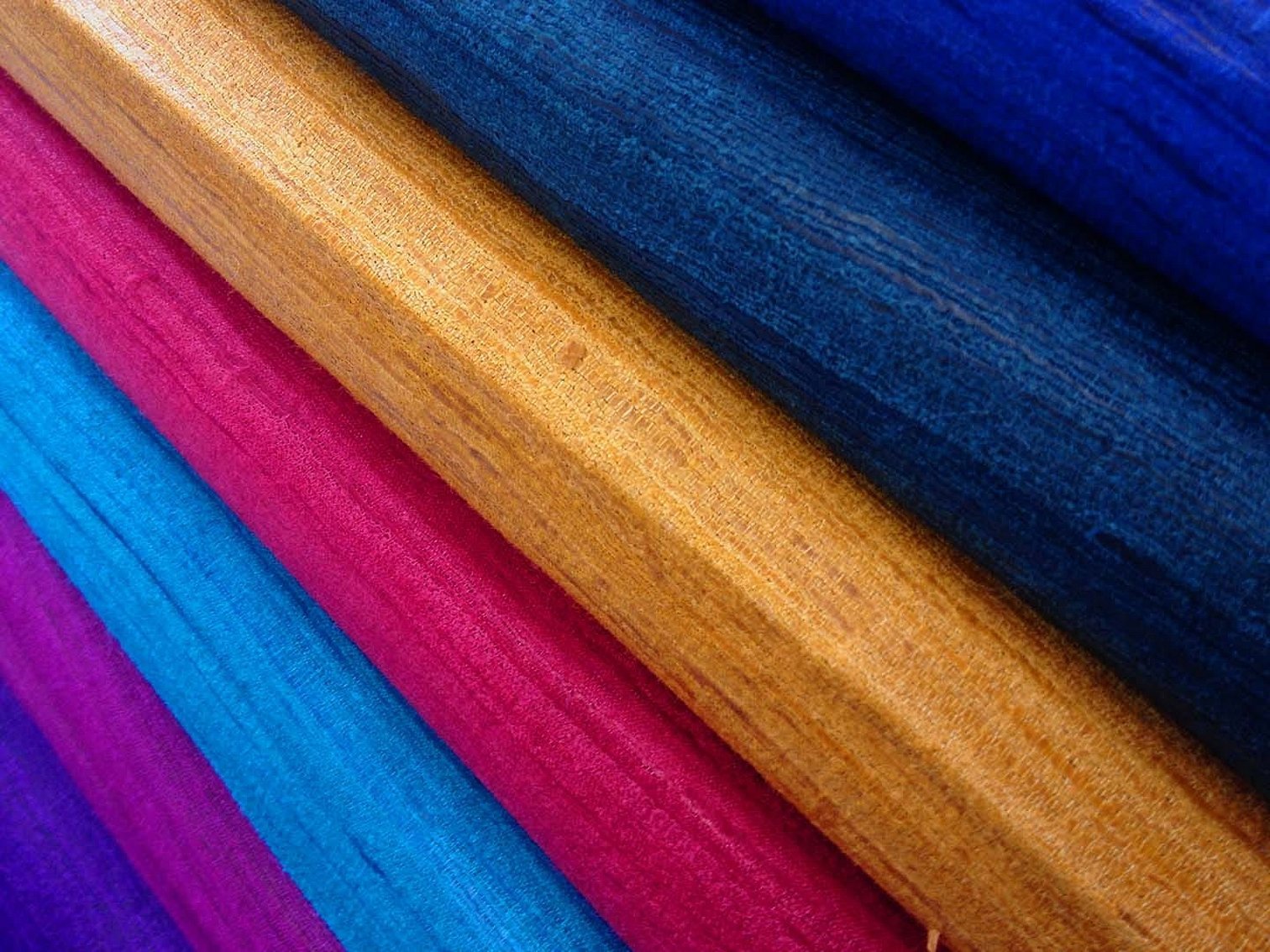
Stages of silk fabric production:
- Silk butterflies spend 10 days in the incubator, during which time caterpillars emerge.
- The larvae are fed mulberry trees so that they produce the finest silk threads.
- Caterpillars produce cocoons.
- Each cocoon is unraveled after a week and spun into thread.
- 5To get rid of debris, the threads are dipped in boiling soapy water, and then weaving begins.
Mineral fabrics
Mineral materials are very interesting in themselves. They are obtained by processing rocks. A good amount of definitions, such elements as calcium, magnesium, iron and aluminum in the composition must be a mandatory condition. Such fabrics have good fireproof properties, so they are often used to make special clothing. However, it is not recommended to wear them for a long time, because the body may not feel very well from the asbestos that is released.
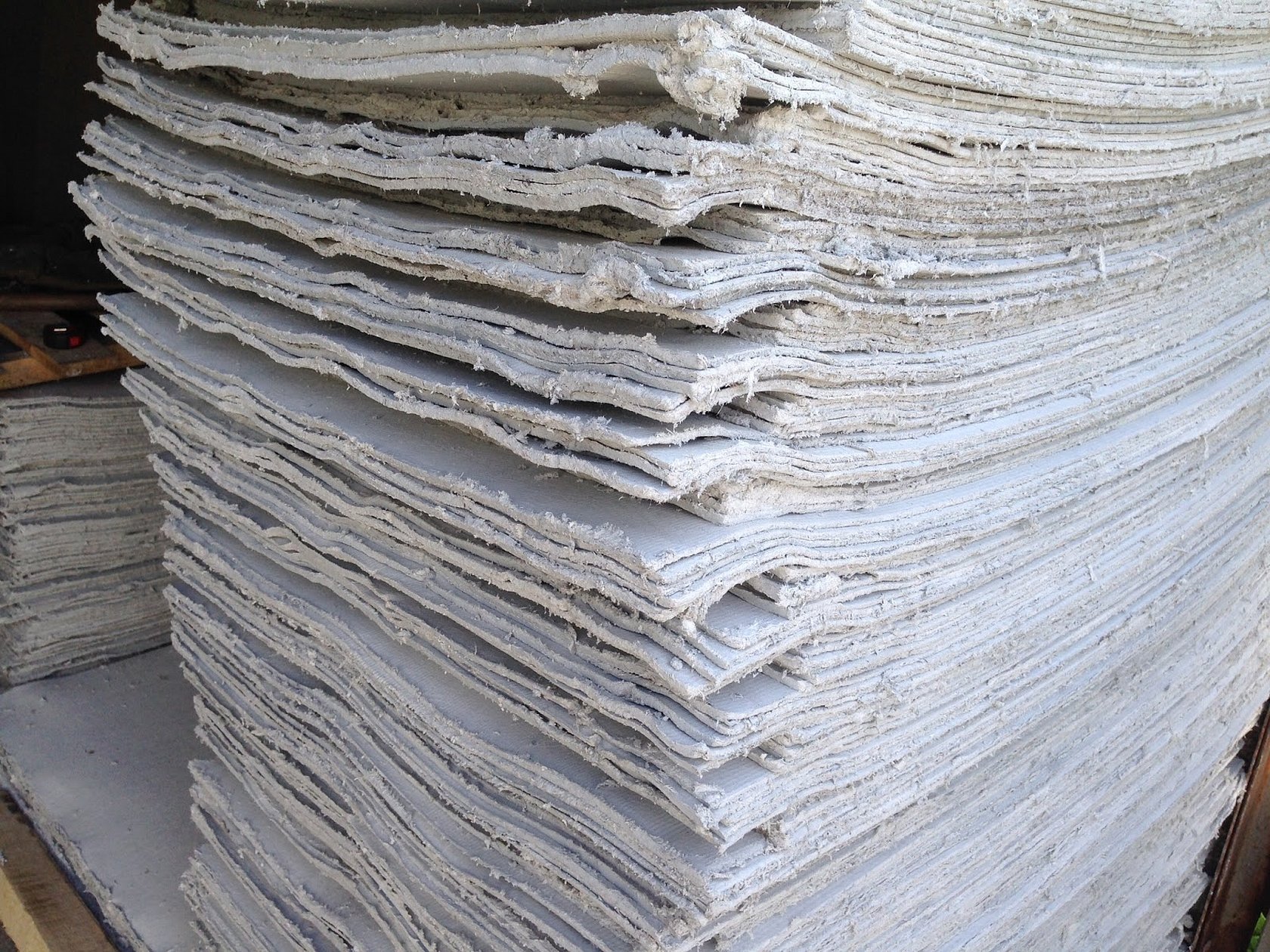
Animal tissues
Natural animal fabrics are obtained from the wool of sheep, goats, rabbits, etc. Usually this fabric is sheared. Most often, wool is taken from sheep (about 98%). The wool used can be down, dead hair, shank or transitional hair. Such material is very elastic and does not tend to wrinkle. When dry, woolen fabrics are very strong, but if they are wet, this property is greatly lost.
Wool is a very poor heat conductor, but at the same time it holds heat inside extremely well. It absorbs moisture extremely poorly, so it stays dry for a long time. This fabric is very resistant to fading compared to other natural fabrics, but this does not mean that it should be abused. Another interesting property is that wool smolders, but does not burn in a fire.

Reviews
Tatyana, Stavropol: "When I came to buy linen fabric, I was very surprised by the high cost. On the other hand, as far as I know, linen cannot be very budget-friendly. I was pleased that this fabric has a large variety of colors, so I was able to choose my own. The seamstress made me a suit and I can't get enough of it. In the summer, the body does not sweat, breathes fully, it is not hot. The only thing is that it wrinkles a lot, but I don't bother anymore. They say that it is even beautiful. I can say with confidence that it is worth the money."
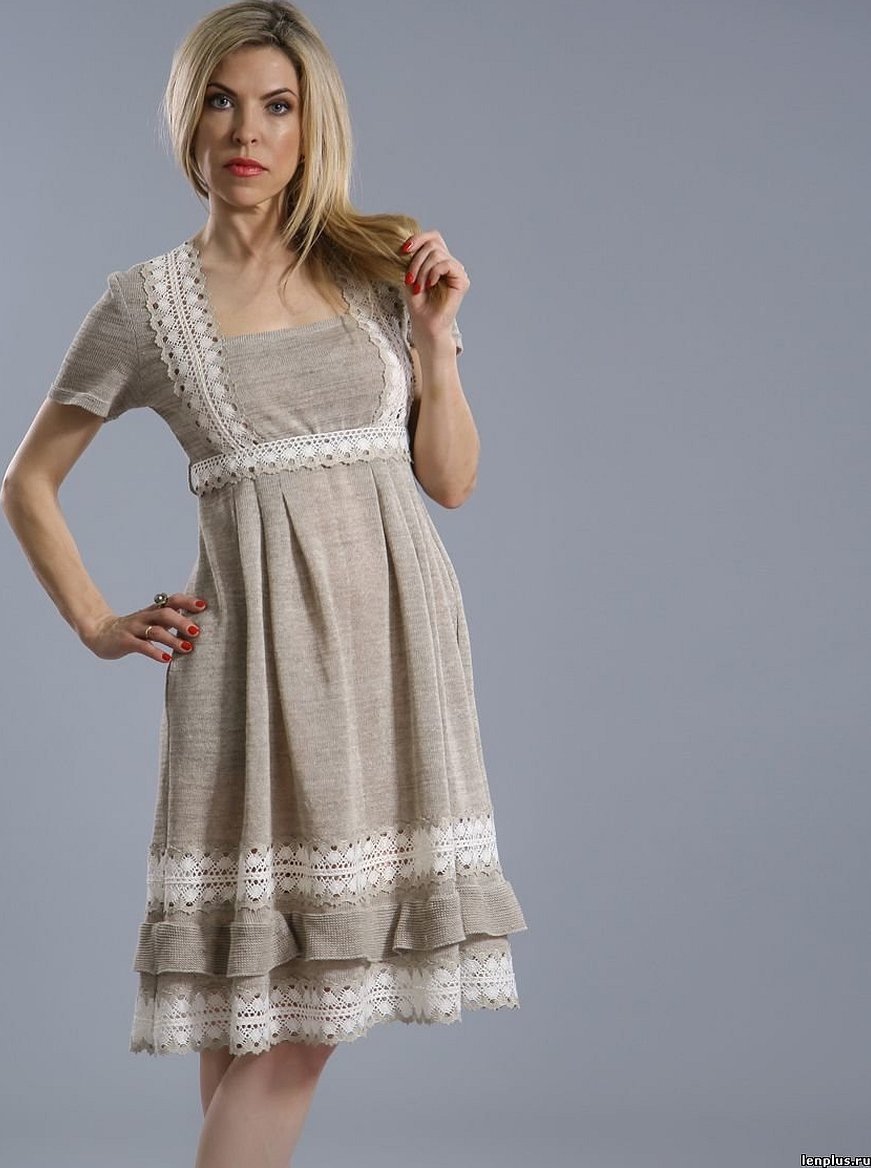
Irina, Novy Urengoy: “I once bought a blouse for my child, but I didn’t think to check the composition beforehand, and it turned out to be synthetic. The poor child’s entire skin turned red and became irritated. There was no doubt that it was the new clothes. I changed her into completely cotton clothes, and everything disappeared as if by magic. That’s why I will now only look at natural fabrics. It’s not so obvious with adults that their skin is unhappy with bad products, but that’s probably true. After I saw my child’s skin, I decided that I won’t even look at synthetics anymore.”

Oksana, Ufa: “I decided to buy a blanket made of natural wool for my home. I can say that this is the best thing we could have bought. No blanket can compare with it. Firstly, it is very soft and comfortable, secondly, the body feels 100% comfortable, and thirdly, of course, it warms up very much on winter evenings. I highly recommend it instead of the usual synthetic things. Over time, we bought wool vests and slippers for the whole family to go with the blanket, and now we are very happy - everyone is warm and cozy.”
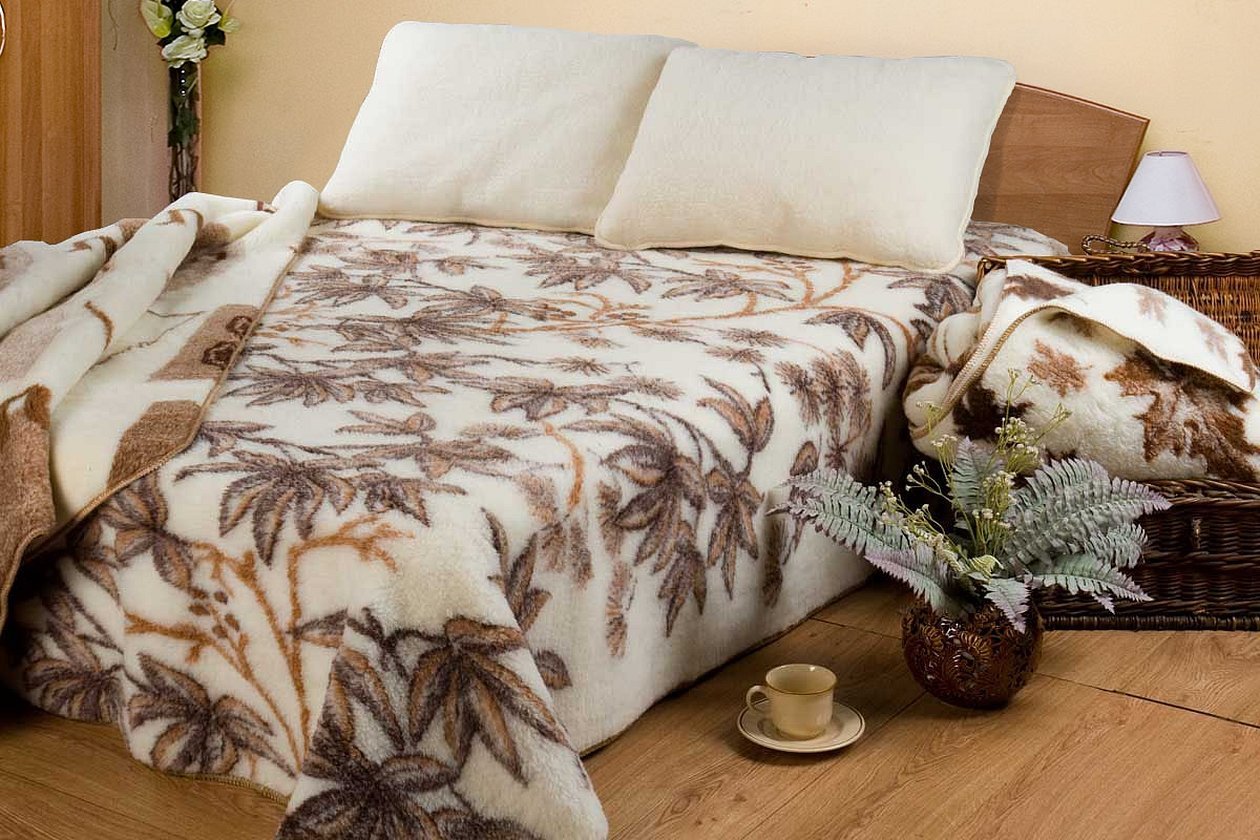
Natural fabrics are something that absolutely everyone will prefer. This will help not only to always look good, but also to keep your skin healthy and beautiful. Fortunately, the market is now so oversaturated with different options that everyone can find a fabric and color to suit their taste.
Most clothing and underwear manufacturers have long since decided to switch to 100% naturalness, and that is absolutely right. In addition, it is very environmentally friendly.


